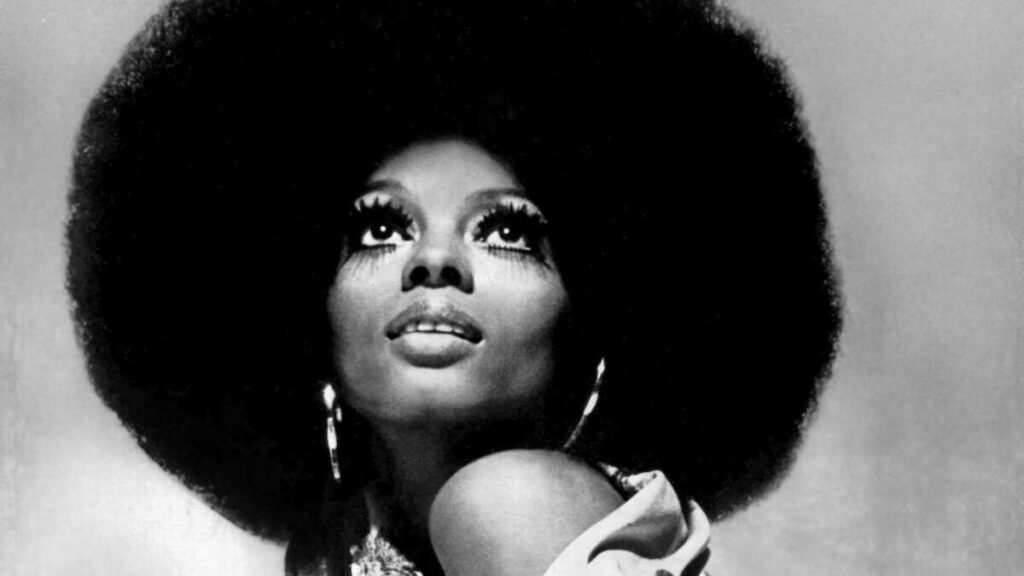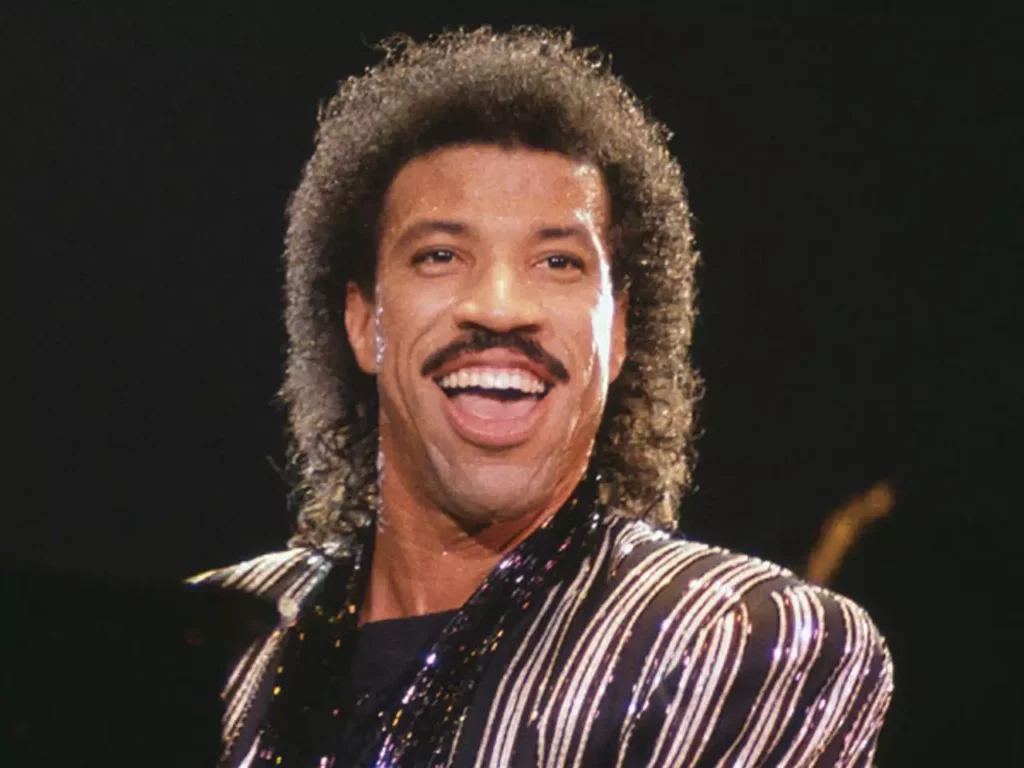Most Memorable Hairstyle in the Year You Were Born
Hair trends have always been a captivating reflection of the spirit of an era. From the iconic bouffants of the 1960s to the textured waves of the 1990s, hairstyles have not only influenced beauty standards but have also become timeless symbols of significant cultural moments. Delving into these moments reveals precisely when these hairstyles left their indelible mark. So, let’s dive in and explore the fascinating journey of hair trends through the ages!
1950: The Poodle Cut

A nod to elegance, the Poodle Cut featured tight curls and volume, capturing the glamorous essence of the post-war era.
1951: The Pageboy

Popularized by celebrities like Audrey Hepburn, the Pageboy cut was a sleek, shoulder-length style with rounded edges, exuding sophistication.
1952: The Pompadour

Elvis Presley made the Pompadour famous with its high volume and swept-back style, creating a bold and rebellious look.
1953: The Ducktail

James Dean’s signature style, the Ducktail, was characterized by its slicked-back sides and a prominent center part, creating a cool and edgy appearance.
1954: The Beehive

A towering symbol of the 1960s, the Beehive featured voluminous, teased hair that became a fashion statement for women during this era.
1955: The Crew Cut

A military-inspired cut, the Crew Cut was short and practical, reflecting a no-nonsense attitude and a focus on efficiency.
1956: The French Twist

Elegance reached new heights with the French Twist, a classic updo that exuded sophistication and grace.
1957: The Flat Top

Popular among men, the Flat Top featured a horizontally levelled crown, giving a clean and neat appearance.
1958: The Bouffant

First lady Jackie Kennedy popularized the Bouffant, a voluminous style that added height and drama to hair, symbolizing the elegance of the early ’60s.
1959: The Pixie Cut

Audrey Hepburn’s timeless Pixie Cut emerged in 1959, breaking the mold of traditional femininity and introducing a chic and playful look.
1960: The Flip

As seen on Mary Tyler Moore, the Flip featured outwardly curled ends, creating a youthful and dynamic appearance.
1961: The Bubble Cut

Introduced by Barbie, the Bubble Cut was a short, curled style that became a fashion icon, inspiring many women to adopt the doll-like look.
1962: The Shag Cut

The Shag, popularized by icons like Jane Fonda, was a layered and textured cut that embraced a carefree and liberated vibe.
1963: The Mop Top

The Beatles made the Mop Top famous, characterized by longer hair with bangs, challenging traditional male grooming standards.
1964: The Half-Up, Half-Down

Popularized by Brigitte Bardot, the Half-Up, Half-Down style added a touch of bohemian flair to the mid-’60s fashion scene.
1965: The Afro

As a symbol of Black pride and empowerment, the Afro emerged in the mid-’60s, celebrating natural curls and defying Eurocentric beauty standards.
1966: The Vidal Sassoon Bob

Vidal Sassoon’s geometric bob became a sensation, introducing sharp angles and clean lines, epitomizing the mod and minimalist aesthetic of the ’60s.
1967: The Hippie Hair

As a rebellion against conventional grooming norms, the Hippie Hair embraced long, free-flowing locks and a connection to nature.
1968: The Farrah Flick

Farrah Fawcett’s iconic feathered layers and flipped ends defined the late ’60s and early ’70s, creating a glamorous and voluminous look.
1969: The Curtain Cut

Popularized by heartthrobs like David Cassidy, the Curtain Cut featured long, center-parted hair that framed the face in a soft and romantic manner.
1970: The Shaggy Perm

The ’70s embraced the natural and textured look with the Shaggy Perm, featuring loose curls and layers.
1971: The Cornrows

Rooted in African traditions, the ’70s saw the rise of Cornrows as a stylish and functional way to manage and celebrate textured hair.
1972: The Feathered Flip

An evolution of the Farrah Flick, the Feathered Flip added more texture and layers, creating a soft and breezy appearance.
1973: The Bowl Cut

The quirky and youthful Bowl Cut gained popularity, featuring a straight-across fringe and a simple, geometric shape.
1974: The Disco Perm

Disco fever influenced hairstyles, and the Disco Perm featured tight curls and volume, perfect for the dance floor.
1975: The Jheri Curl

A symbol of Black culture, the Jheri Curl featured soft, glossy curls, embodying a glamorous and well-coiffed aesthetic.
1976: The Punk Mohawk

Punk culture introduced the edgy and rebellious Mohawk, characterized by a strip of upright hair down the center of the head.
1977: The Mullets

The Mullet, with its short front and sides and long back, became a defining look of the late ’70s and early ’80s.
1978: The Side Ponytail

A playful and casual style, the Side Ponytail captured the essence of the ’80s, adding a touch of fun to everyday looks.
1979: The Perm Mullet

Combining two trends, the Perm Mullet featured permed waves in the back and a shorter, straight front, embodying the eclectic spirit of the late ’70s.
1980: The New Wave

The New Wave movement brought avant-garde styles, characterized by asymmetrical cuts, bold colors, and unconventional shapes.
1981: The Rocker Perm

Rock and roll influences defined the ’80s, and the Rocker Perm featured wild curls and volume, adding a rebellious touch to hairstyles.
1982: The Crimped Hair

Crimped hair became a fashion statement, adding texture and volume with zigzag-like patterns, capturing the bold and experimental spirit of the ’80s.
1983: The Side Shave

An edgy and bold choice, the Side Shave involved shaving one side of the head while leaving the other side with longer hair.
1984: The Perm Pixie

A twist on the classic Pixie Cut, the Perm Pixie featured permed curls, adding a touch of whimsy and texture.
1985: The Big Hair

Big, voluminous hair characterized the ’80s, with styles like the Big Hair featuring teased and sprayed locks for maximum height.
1986: The Rat Tail

A unique addition to ’80s hairstyles, the Rat Tail involved growing a thin, braided tail of hair at the back of the head.
1987: The High-Top Fade

Popularized in hip-hop culture, the High-Top Fade featured a flat top with short sides, creating a bold and distinctive silhouette.
1988: The Scrunchie Ponytail

The ’80s embraced accessories like the scrunchie, often used to create high and voluminous ponytails.
1989: The Side Swept Bangs

Side Swept Bangs added a touch of romance and softness to ’80s hairstyles, framing the face in a flattering manner.
1990: The Box Braids

Popularized by Janet Jackson, Box Braids became a symbol of Black pride and empowerment, showcasing intricate and stylish braiding techniques.
1991: The High and Tight

A popular men’s cut, the High and Tight featured short sides and back with a slightly longer top, creating a clean and versatile look.
1992: The Zigzag Part

Adding a playful element to hairstyles, the Zigzag Part featured a non-traditional parting pattern, creating a quirky and dynamic look.
1994: The Middle-Parted Grunge

Grunge culture influenced the ’90s, and the Middle-Parted Grunge featured long, messy locks parted down the middle. Interestingly, this is also the year the ‘Rachel Cut’ went viral!
1995: The Butterfly Clips

A staple of ’90s fashion, Butterfly Clips adorned hairstyles, adding a playful and colorful touch to various hairdos.
1996: The Slicked-Back Ponytail

A sophisticated take on the classic ponytail, the Slicked-Back Ponytail featured sleek, shiny hair pulled tightly to create a polished look.
1997: The Frosted Tips

An edgy trend for men, Frosted Tips involved lightening the ends of the hair for a bold and highlighted effect.
1998: The Spice Girls Updos

The Spice Girls popularized diverse updos, often featuring high ponytails, buns, and braids, adding a playful and eclectic touch.
1999: The Mini Buns

Inspired by pop icons like Britney Spears, Mini Buns involved creating small, playful buns across the head, adding a youthful and carefree vibe to hairstyles.
So, there you have it folks! Whether you find inspiration in the polished curls of the ’50s or the rebellious spirit of the ’80s, these hairstyles will capture the ever-evolving nature of your fashion and self-expression.
